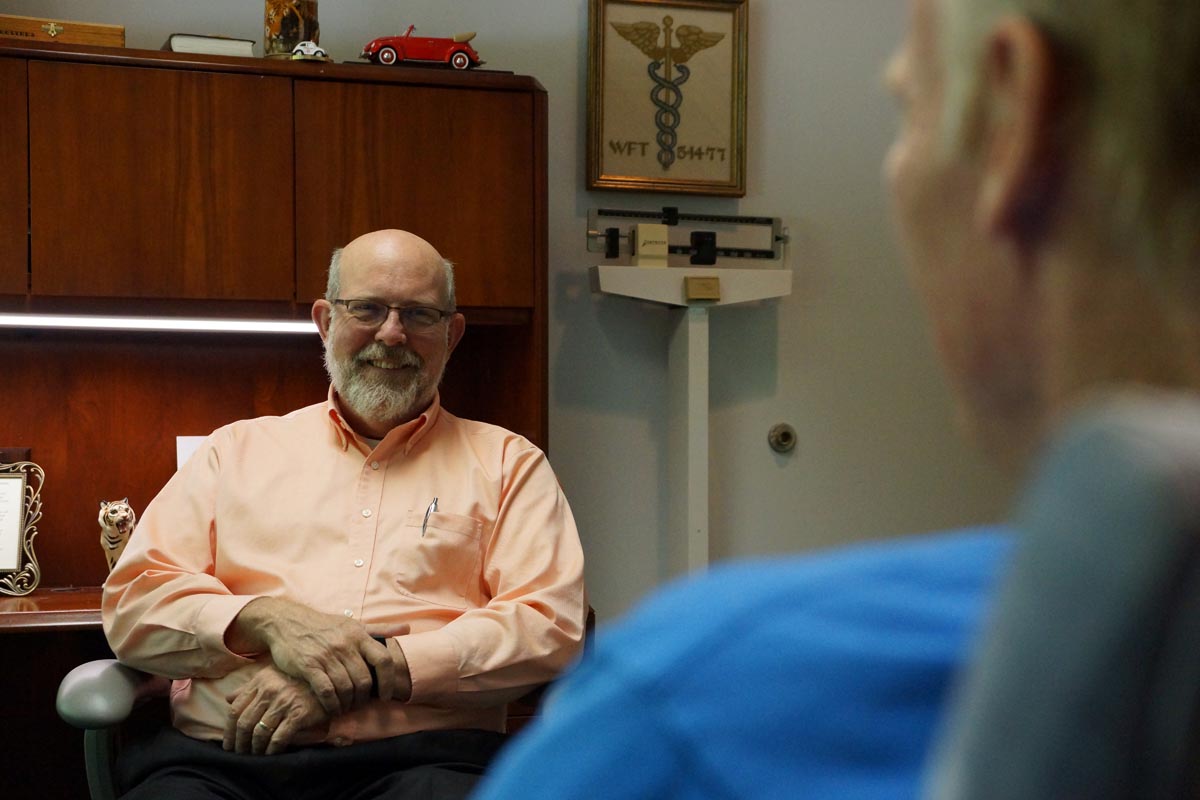
Bipolar Disorder, also known as Manic Depressive Disorder, is a condition involving loss of control of mood and behaviors. The classic disorder, Bipolar I, involves both depression and mania. Mania can be imagined as the opposite of depression with overactivity, exaggerated optimism, spending freely, sexual disinhibition, lack of perceived need for sleep, rapid speech, difficulty maintaining concentration and severe impulsivity. It is often accompanied by extreme elation, making it difficult for family and doctor to inform the patient that they have a disorder. Often patients experience a mixed state of mood, which can be particularly miserable.
This is not the rapid change of mood or temper that modern media often present as “my mania.” The length of mood symptoms will occur for weeks to months, not simply a few hours. Many things may precipitate illness such as loss of sleep, irregular shift work, emotionally upsetting events and substances – including prescription medications.
Bipolar Disorder II is a condition of cycling depression and less severe mania – hypomania. It may be very difficult to distinguish from recurrent Major Depression.
Treatment includes medications, behavioral interventions, sleep hygiene, psychotherapy, support for families and medical monitoring of medications. The gold standard of treatment remains Lithium Carbonate although other mood stabilizing anticonvulsants have been used in the past few decades. Thus far, nothing has surpassed Lithium for efficacy.
Occasionally, hospitalization may be required to intervene in unstable mood and risky behaviors. The irritability of some patients can result in assaults or self harming behavior. In all circumstances, long term treatment planning is required to maintain stability and effective return to work and relationships. Interruptions of treatment have been found to make further illnesses more severe and less likely to resolve.